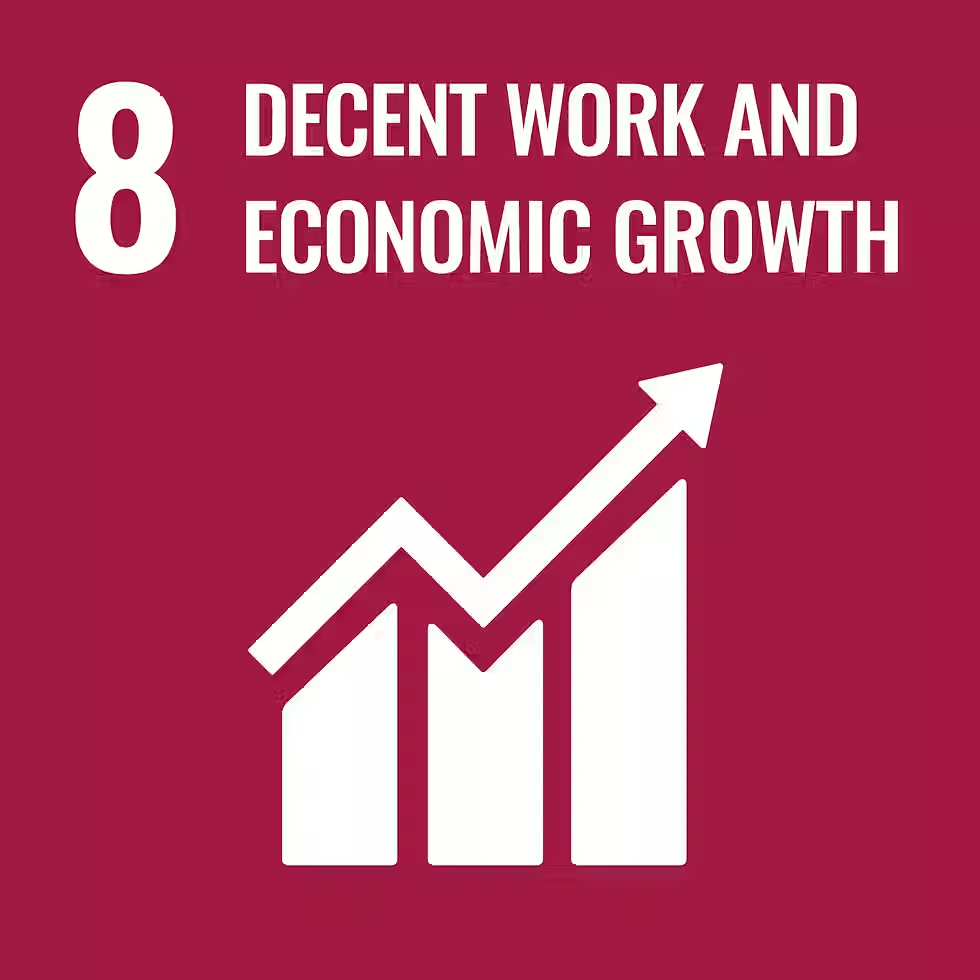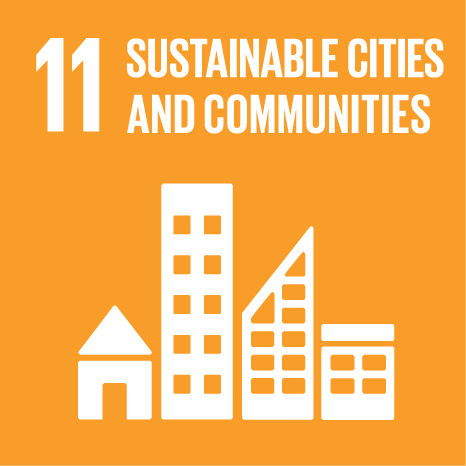

hong kong
Asia's world city. Over 20 million tourists in one year alone. One of the most visited cities over the last decade. Hong Kong is an urban metropolis, a bustling paradise, a city with luscious green hills beside millions of highrises.

the problem
In 2024, Hong Kong faced an influx of visitors, with approximately 20,500,000 tourists visiting the city. It was the 4th most visited city in the world, and has consistently been in the top 10 for the past decade.
This rapid increase in visitors has further strained the city’s sustainability, which had already been a challenge due to rapid urbanisation and industrial growth. Hong Kong’s dense population and limited land availability exacerbate these challenges, resulting in issues such as traffic congestion, air pollution, waste generation, and inefficient resource utilisation.
How can Hong Kong develop innovative and sustainable solutions to not only address the impacts of tourism on its infrastructure but also to promote resilient urban development, enhance operational efficiency, and foster responsible practices within the tourism sector?
busiest areas
hover to view!
.png)
Sha Tin
Mong Kok
Disneyland
Causeway Bay
Tsim Sha Tsui
Wan Chai
Central
Repulse Bay
Ocean Park
With over 20 million visitors a year, and with only 25% of land available, it is no doubt that many ares in the city are extremely overcrowded.
Hong Kong can be split up into three main areas:
-
Hong Kong Island
-
Kowloon
-
New Territories
It can be seen that Hong Kong Island and Kowloon are some of the most crowded areas. On the contrary, the New Territories have much less tourist attractions, and is less busy in comparison.
Therefore, if tourism were to be redirected to those areas, the issue of overcrowding and congestion can be ameliorated drastically.
Volume to Value

The goal is not necessarily to reduce the total number of tourists, but to increase the value per tourist while decreasing their negative impact per tourist. This means attracting tourists who stay longer, spend more in local businesses, and are dispersed more evenly across time and space.
Hong Kong's tourism is booming, but this success comes with challenges. Popular areas become overcrowded, and the authentic, local culture can be hard to find. At the same time, our elderly community, who make up a quarter of the population, and who hold the deepest knowledge of Hong Kong's history and traditions, are often looking for ways to stay socially connected and economically active. With an aging population, the pivot is necessary to ensure a healthy economy.
After conducting a survey with random tourists in Hong Kong, it was noted that 50% decided to come to Hong Kong to explore local heritage and culture. Additionally, 55% of respondents mentioned that they would like to visit local heritage and cultural locations over tourist attractions in a new country.
Therefore, we aim to address both issues. We disperse tourists to lesser-known districts, reducing congestion. We empower our elderly by turning them into valued tour guides, providing them with income, purpose, and a renewed sense of contribution.
.png)
THE SOLUTION
Our solution is a community-powered platform that tackles overtourism by connecting culturally curious tourists with local elderly guides for authentic experiences in Hong Kong's lesser-visited districts. Through our website, tourists can book unique tours in areas like Peng Chau or Sha Tau Kok, and are matched with a vetted senior guide who provides intimate knowledge and personal stories. In return for participating, tourists earn eco-reward points to spend at local businesses, creating a circular economy. This system not only disperses tourist traffic to reduce congestion but also empowers the elderly generation with dignified work, preserving intangible cultural heritage while supporting local economic growth.
possible tourist destinations

Monster Building

Peng Chau

Sha Tau Kok
-
Visit our website and use our booking platform.
-
Select your date, group size, and a unique location like the artistic Peng Chau, the historic Sha Tau Kok, or the iconic "Monster Building."
-
You will be matched with a vetted local elderly guide who knows the area intimately.
-
After your tour, earn eco-reward points redeemable for coupons at partnered local shops and supermarkets.
For Tourists: An Authentic Experience
1
-
Local seniors can sign up on our platform for the days and districts they are available.
-
They are paired with small groups of tourists, sharing personal stories and hidden gems.
-
Guides receive fair compensation and the joy of connecting with people from around the world, fostering intergenerational and cross-cultural exchange.
For Elderly Guides: A Platform for Connection
2
-
Fight Overcrowding: Help redistribute tourist traffic and discover the true Hong Kong beyond the guidebooks.
-
Preserve Culture: Learn firsthand from the generation that built modern Hong Kong.
-
Support the Local Economy: Your participation directly funds our elderly guides and partners with local businesses through our eco-coupon system.
Why choose us?
3




Sustainable Development Goals
We are committed to the United Nations Sustainable Development Goals (SDGs). Our model directly contributes to:
-
SDG 8: Decent Work & Economic Growth: We create meaningful employment and income opportunities for the elderly population.
-
SDG 9: Industry, Innovation & Infrastructure: We use a digital platform to foster a new, sustainable tourism ecosystem.
-
SDG 11: Sustainable Cities & Communities: We make cities more inclusive, resilient, and culturally vibrant by reducing congestion in overcrowded areas.
-
SDG 12: Responsible Consumption & Production: Our eco-coupon system promotes support for local producers and sustainable goods.
projected
costs
per annum
180 days ×
($3500HKD per tour
- $1000HKD labour cost)
=
$450,000HKD per
annum per guide
total profit
$450,000HKD × 50 guides
= $22,500,000HKD revenue
Eco-Coupons: Free with
partnerships
Miscellaneous Costs: $500,000HKD
Total Profit: $22,000,000HKD
per tour
$350HKD
×10 people
= $3500HKD

.png)
Timeline
2. MONTH 2 TO 4
Conduct training sessions with our elderly guides and run trial tours to perfect the logistics.
3. MONTH 4 TO 6
Launch our pilot program with a smaller group to gather data, gauge tourist demand, and make necessary adjustments.
4. MONTH 6
Official public launch, timed for the summer tourism season.
1. MONTH 1 TO 2
Finalise partnerships with local shops and elderly communities; complete website development.